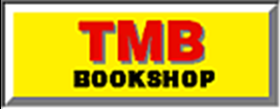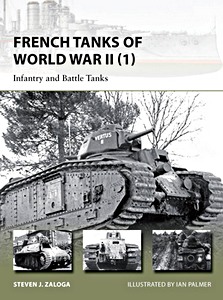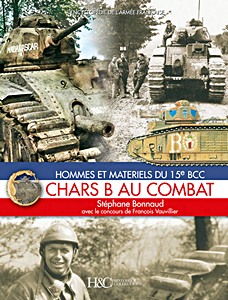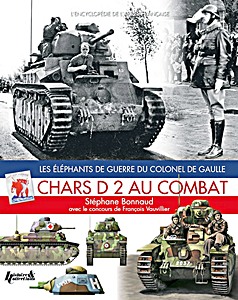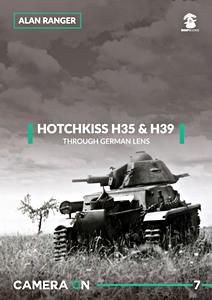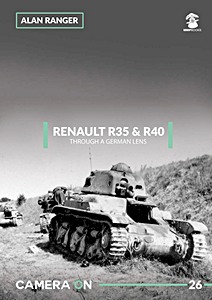1940: Les Blindes Francais
Ce livre présente les blindés français dans la bataille de mai-juin 1940. Ce sont tout d'abord les chars de combat avec les présentations des matériels (FT 17, D1, D2, R35, H35, FCM, H39, B1, FCM2 C) mais aussi des unités (les DCR, BCC et CACC).
La seconde partie présente la « cavalerie », ses matériels (AMD 50, AMD 178, AMR 33, AMC 35, H35 et H39, AMC SOMUA), son organisation (DLM, DLC, GRDI), pendant la Drôle de Guerre puis sa réorganisation en juin avant la défaite finale.
Cet ouvrage, très largement illustré, présente un tableau détaillé de cette force blindée et l'historique de ses engagements, unité par unité. Un document de référence incontournable.
Caractéristiques
| Auteur : | Jean-Yves Mary |
|---|---|
| Présentation : | 160 pages, 30.5 x 21.5 x 1.2 cm, relié |
| Illustration : | abondamment illustré |
| Editeur : | Editions Heimdal (F, 2012) |
| ISBN : | 9782840483182 |
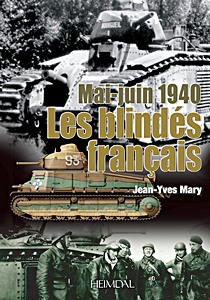
1940: Les Blindes Francais
Langue : français
Disponible sur Amazon - paiement sécurisé et livraison rapide
Acheter sur Amazon FRAcheter sur Amazon BE
Acheter sur Amazon CA
